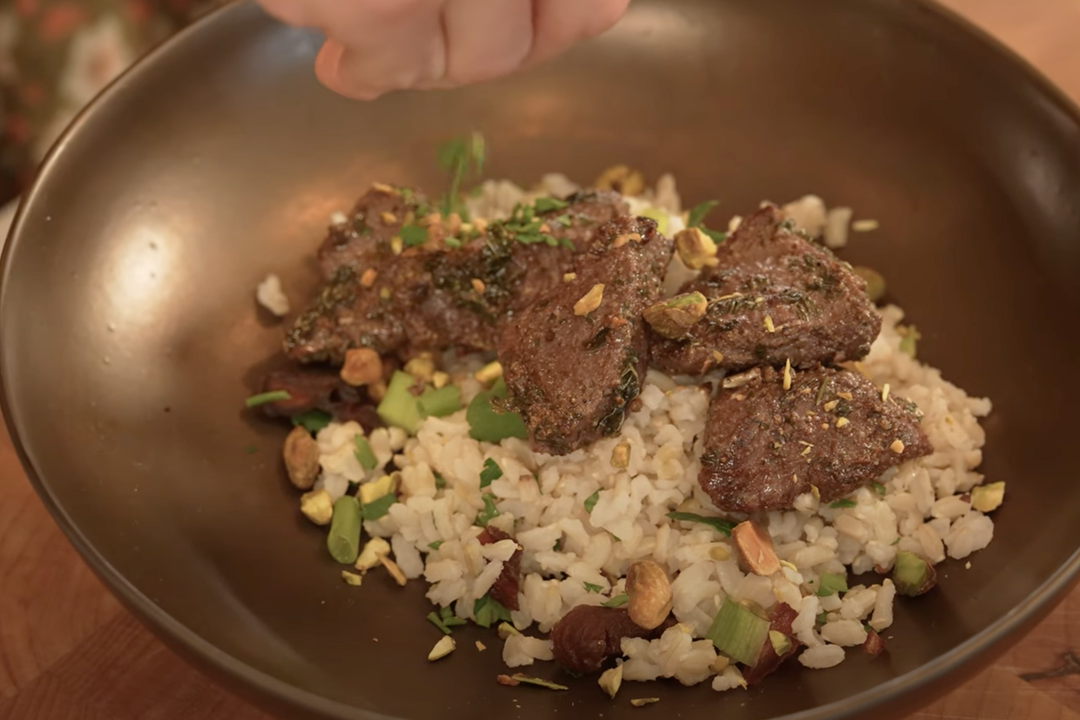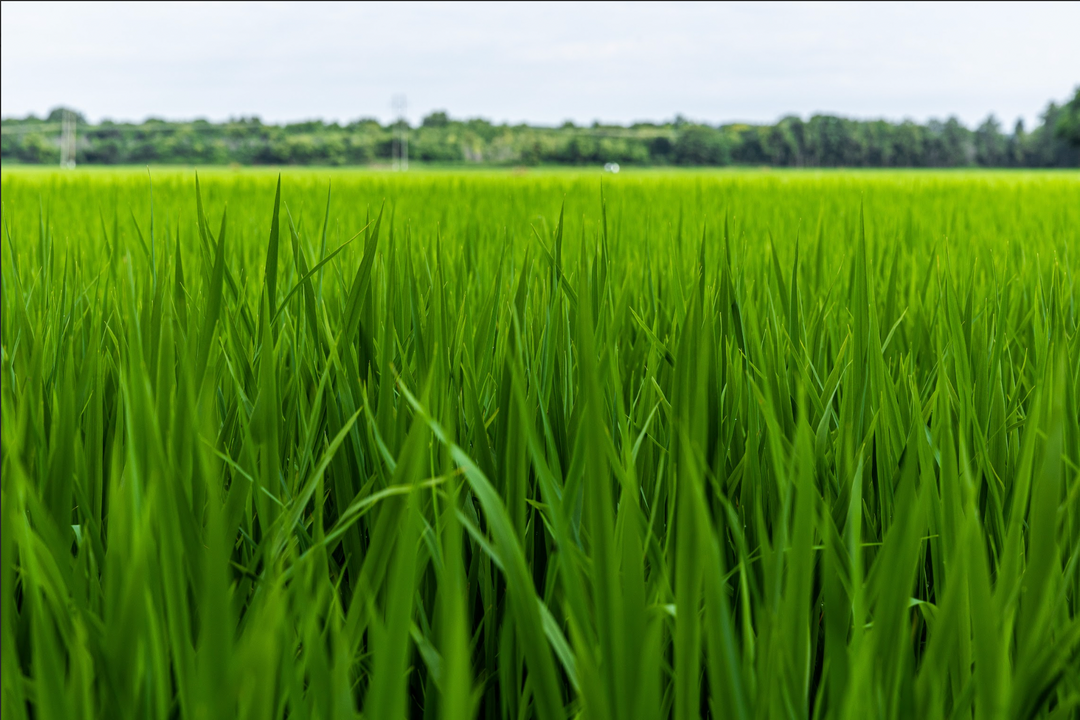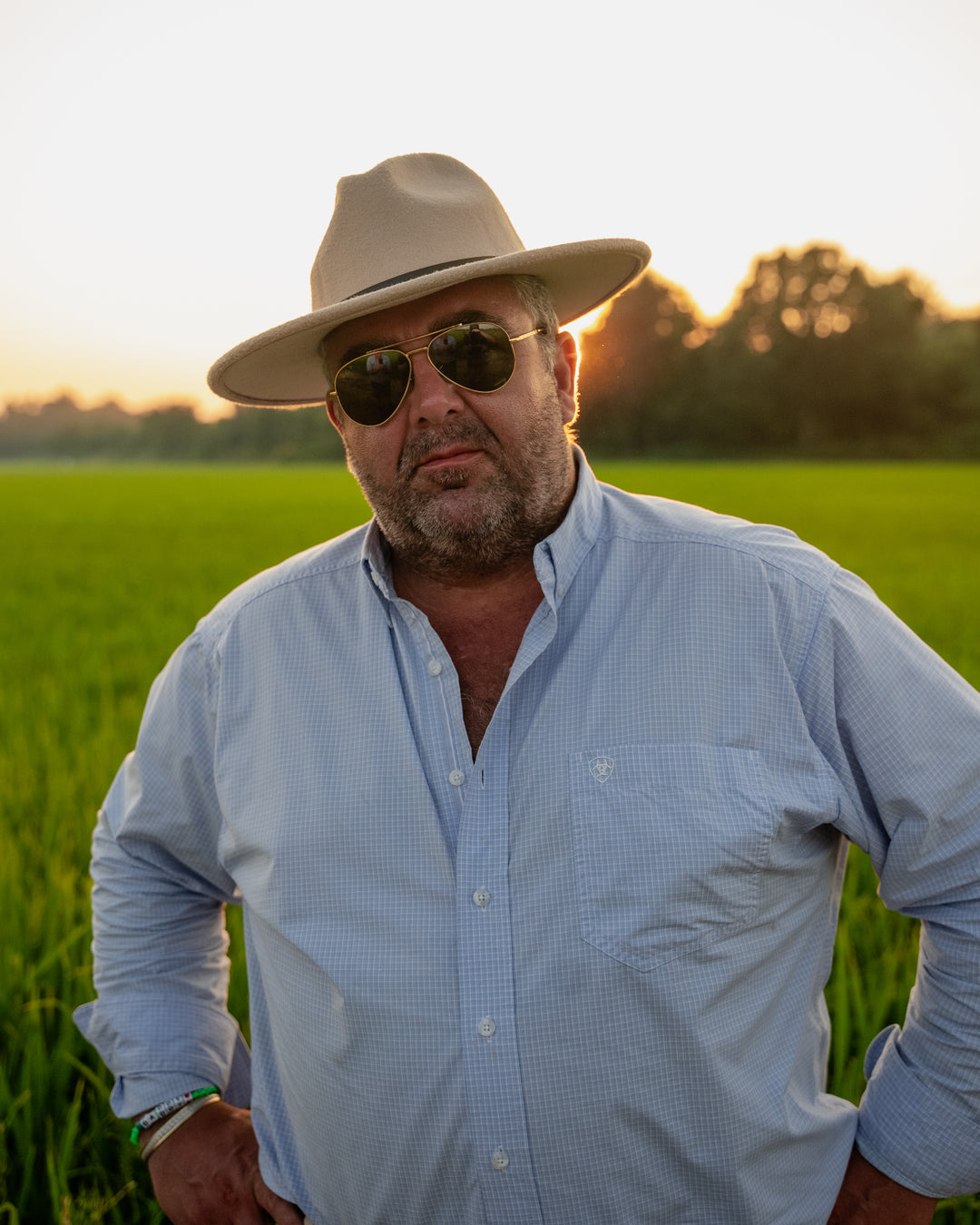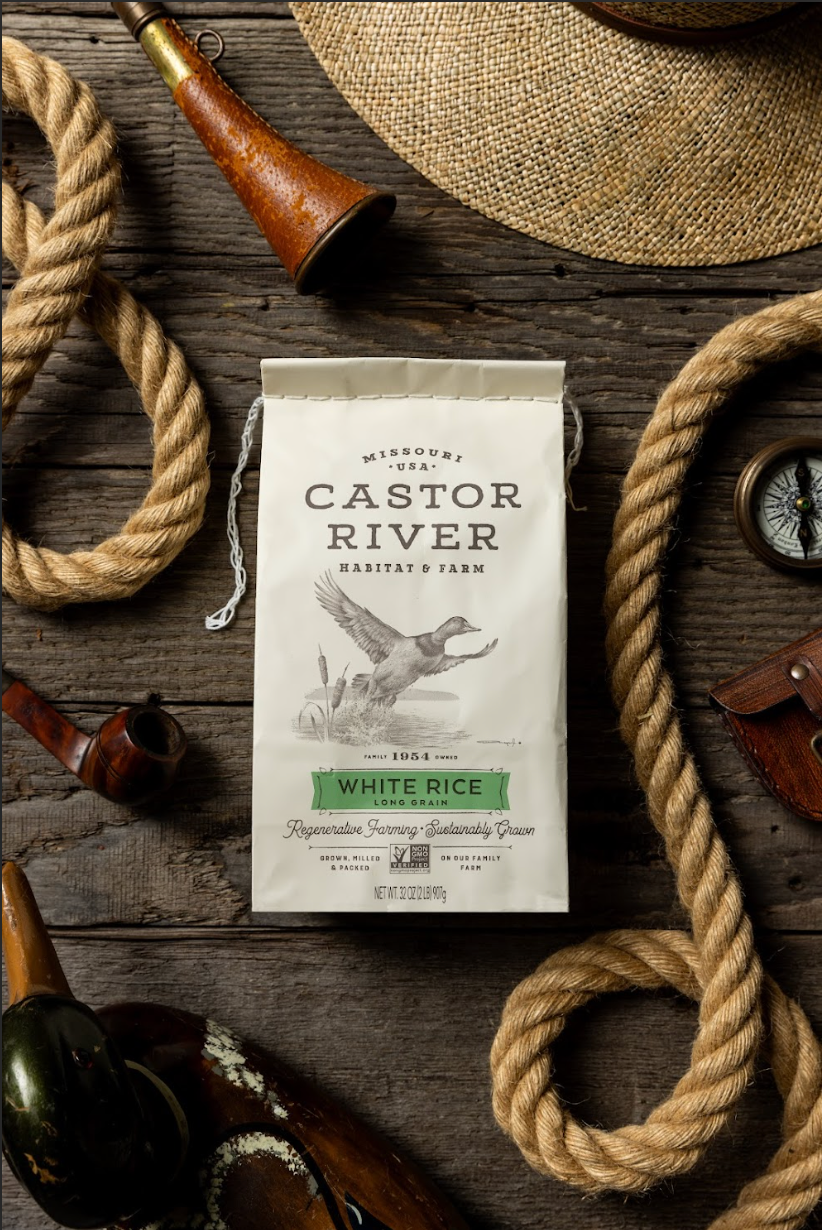The Whole Truth About Brown Rice: Benefits, Myths, and Better Ways to Grow It
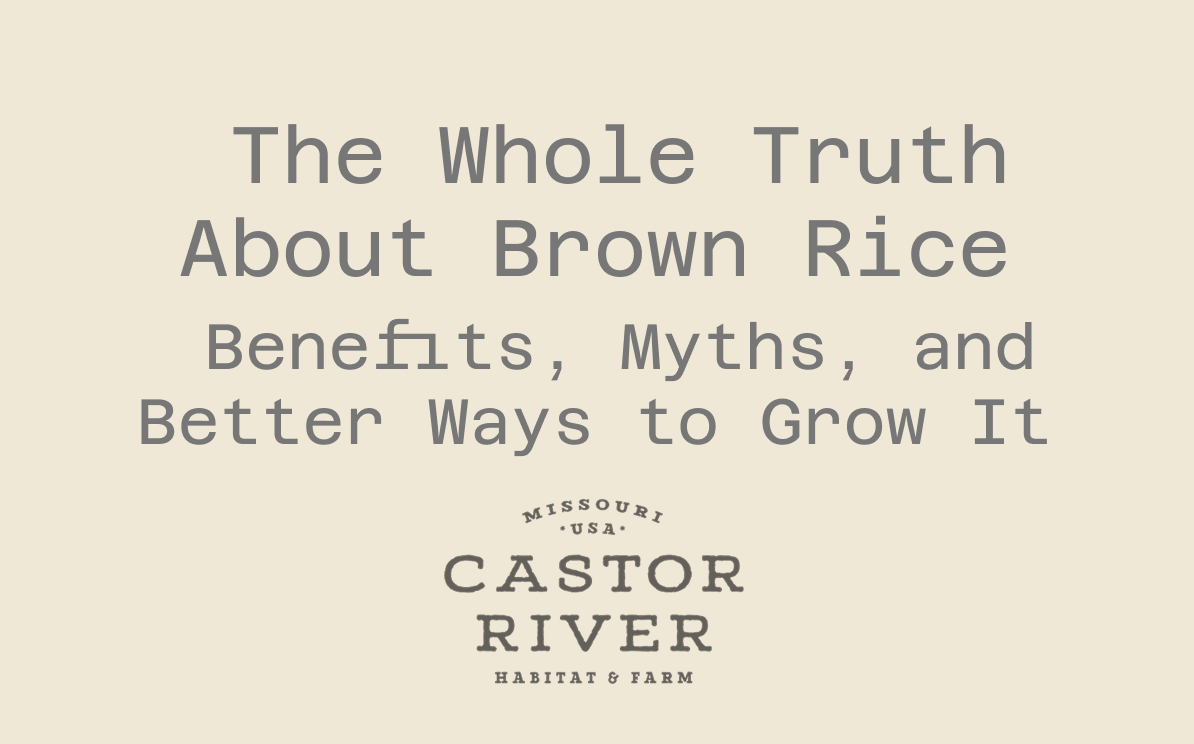
Brown rice has worn the crown of “health food” for years. Walk down any grocery aisle and you’ll see it framed as the smarter choice, the clean alternative, the grain for people who care. But when you look closer: at the nutrients, the farming practices, and even the risks, the truth is more complicated.
Here’s what we’ve learned about the benefits, the myths, and (most importantly) the farming practices that determine whether brown rice is truly as good as it’s claimed to be.
What Brown Rice Really Brings to the Table
The difference between brown and white rice comes down to processing. Brown rice keeps its bran and germ intact, holding onto fiber, magnesium, B vitamins, and antioxidants. White rice is milled further, leaving only the starchy endosperm.
Nutritionally, this gives brown rice the edge in categories like fiber and trace minerals. That’s why searches for “is brown rice healthier than white rice” usually land on charts showing higher fiber (3–4 grams per cup), more protein, and more micronutrients.
But nutrients alone don’t tell the whole truth.
Why People Reach for Brown Rice
-
It keeps you full: Fiber slows digestion and supports gut health.
-
It’s gentler on blood sugar: Brown rice has a lower glycemic index than white rice.
-
It offers more trace minerals: Magnesium, selenium, and B vitamins help with energy, bone health, and antioxidant defense.
These are real benefits, and they’ve earned brown rice its reputation.
Where the Story Gets Complicated
Not Always the “Healthiest” Choice
Brown rice carries phytic acid, which can block mineral absorption. For most people, it’s not a big deal, but it shows that “health food” is never one-size-fits-all.
The Arsenic Question
The bran layer that gives brown rice its nutrients can also hold more arsenic. It’s a reminder that how rice is grown matters just as much as the grain itself.
Flavor Matters Too
Nutty and chewy for some, heavy for others, brown rice isn’t a universal crowd-pleaser. Nutrition only works if food is enjoyed.
Farming Makes the Difference
The way brown rice is grown is the real story. Conventional rice farming often leaves behind chemical residues or strips soil season after season. At Castor River, we focus on:
-
Healthy soil that feeds the grain
-
Water management that limits arsenic uptake
-
Thoughtful milling that preserves integrity
That’s how brown rice fulfills its promise. Not just in nutrients, but in purity and taste.
Finding the Right Spot on Your Plate
So, is brown rice better than white rice? In many ways, yes. But the bigger picture is balance: pairing rice with vegetables, proteins, and healthy fats; enjoying food for flavor as much as nutrition; and supporting farms that grow it responsibly.
The upgrade isn’t simply swapping one rice for another. It’s choosing rice that starts with care in the soil and ends with nourishment on your table.
Bringing It Home
Brown rice can be hearty fuel, a steady source of energy, and a nutrient-rich choice. But it’s also a story about land, water, and farming choices.
At Castor River, every grain carries more than vitamins and minerals, it carries a way of farming that avoids shortcuts and respects the land that feeds us all.
Ready to taste rice grown the right way? Bring the whole truth of better rice to your kitchen.





